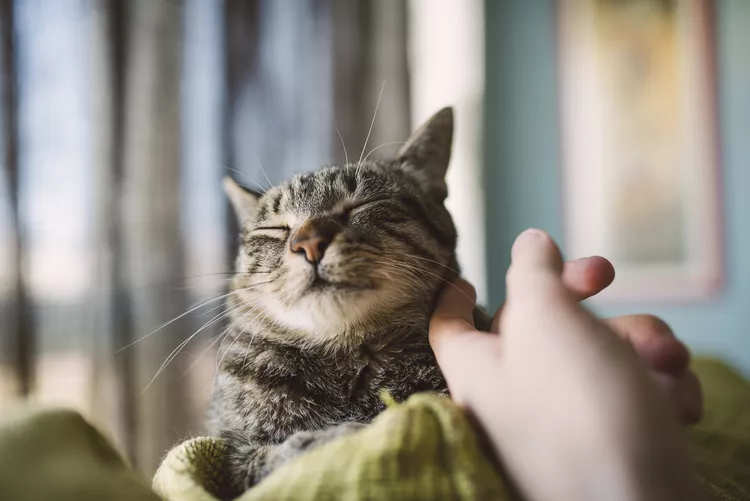
If you love cats, then you probably enjoy petting them. Many cats love to be pet and will seek it out. Others are reluctant to be touched at all. Most cats enjoy some petting as long as it's on their own terms. Although no two cats are exactly alike, there are certain areas cats like and dislike being pet. A cat's desire for petting depends on the cat's, history, personality, and relationship with you.
There are a few reasons why many cats enjoy petting from people. Cats often communicate with one another by rubbing, nuzzling, and grooming to transmit scents and pheromones. They may use the same behaviors to communicate with humans. These are often signs of love and affection. By petting a cat, you are communicating love back to the cat.
Kittens are nurtured by their mothers via grooming and nuzzling. These actions cause a rise in oxytocin, also called the love hormone. Oxytocin also increases in humans and cats during affectionate interactions.
Many cats enjoy being pet because it feels good. Other cats resist petting because it feels uncomfortable or unfamiliar. Cats may dislike petting due to personal preference. It may also be related to fear, pain, or lack of socialization.
In general, cats are more likely to enjoy being pet by humans they trust and less likely to accept petting from strangers.
It may seem simple, but the last thing you should do is jump right in and start petting a cat without first assessing the situation. If you want to pet a cat, start slowly and watch the cat's reaction.
Once you have established a relationship with the cat, you may wish to try petting them in other areas. Many cats enjoy petting from trusted people in the following areas:
If the cat is enjoying the petting, they may begin to purr, knead, and even drool. Be aware that petting in some of these areas can make a cat feel good one moment, then vulnerable or overstimulated the next. Some cats will suddenly meow, hiss, growl, scratch, or bite while being pet. This is called overstimulation aggression or petting-induced aggression.
If the cat is feeling affectionate, they may roll on their side and expose their belly. This may be a sign that the cat is relaxed and comfortable. It is usually not an invitation to touch their belly. However, there are some cats that genuinely enjoy having their bellies rubbed. If it's your cat, you may wish to try and pet them there, but proceed with caution.
Some cats enjoy gentle scratching, especially if you have long fingernails. This another action you should start slowly and gauge the cat's response.
When petting cats, it's important to steer clear of "private" areas like the anus and genitals. It is uncomfortable for cats and may end in a cat bite. Don't pet these areas, even if your cat presents their rear end to you.
Preferences will vary from cat to cat, but there are a few areas that are best left untouched. There are always exceptions, but most cats do not want to be touched in the following areas:
It's also a good idea to avoid hugging or picking up cats unless you are close to the cat and you know they enjoy it. You may find that your own cat enjoys things that other cats don't like. Don't assume other cats like that same treatment as your own.
Cats use various signals to communicate with people. While petting a cat, you may be able to see that the cat wants you to stop if you know what to look for. Do not try to pet a cat if they react in one or more of the following ways:
If you notice any of these behaviors, simply leave the cat alone. They may come back to you later once things calm down.
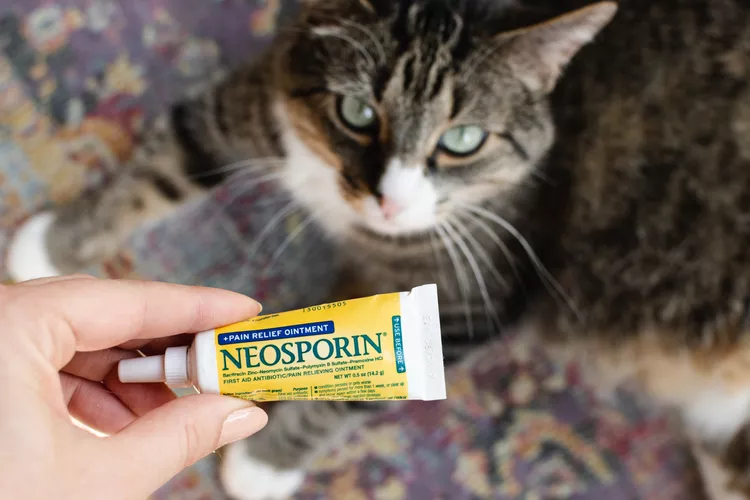
Is Neosporin Safe for Cats?
A brief summary of concerns a cat owner should be aware of before putting Neosporin on their cat, plus tips for things they can use at home instead.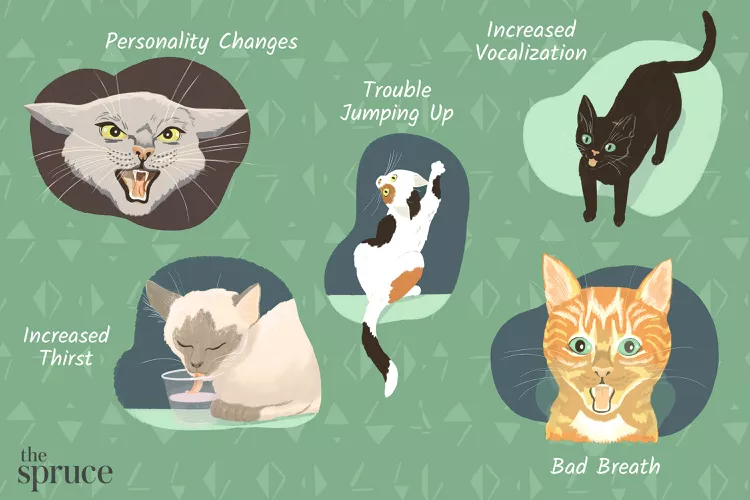
18 Warning Signs That Your Cat Is Crying for Help
How can you tell if your cat is sick? Learn about the warning signs indicating your cat is crying for help and find out what to do about them.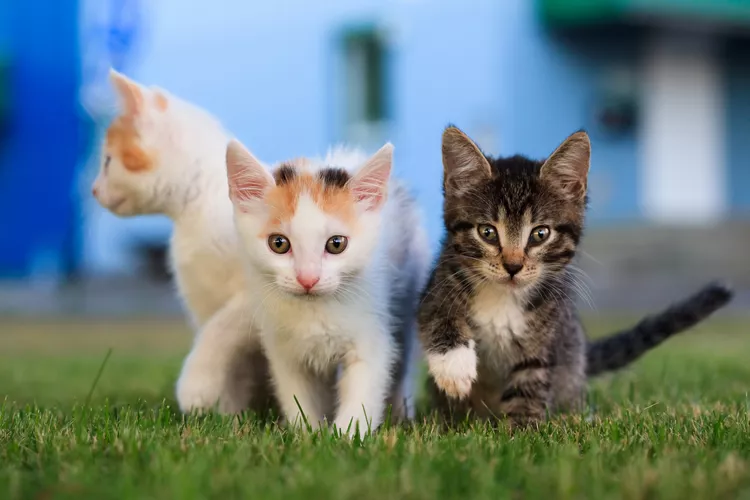
Chlamydia in Cats
Chlamydia in cats is a bacterial infection primarily affecting the eyes, which can cause conjunctivitis. Learn the causes, treatment, and prevention.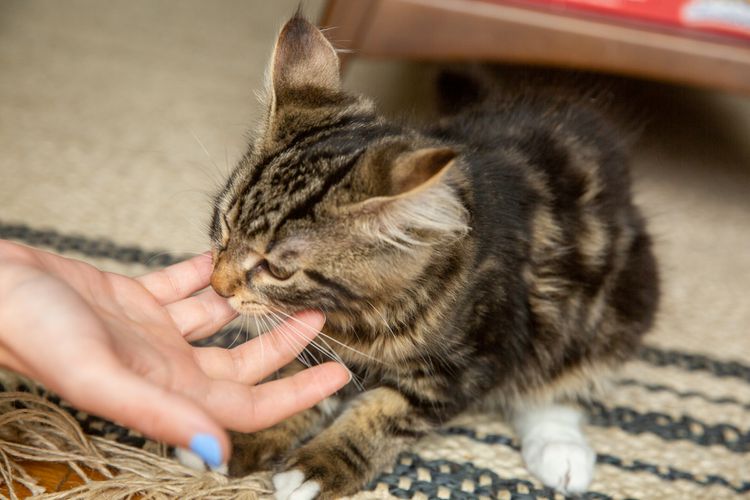
Why Does My Kitten Bite Me? How to Stop Biting and Scratching in Kittens
Why does your kitten bite you? Play aggression is often the cause, but there may be other reasons for the scratching and biting. Here’s what to do if your cat bites and scratches you, including how to stop it.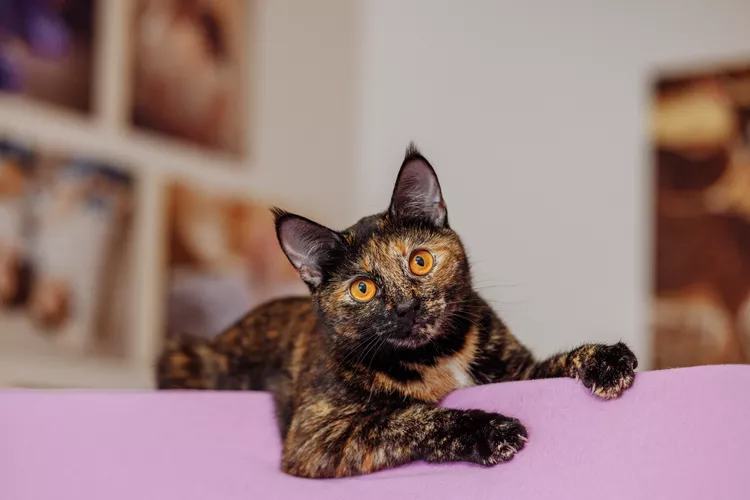
200 Tortoiseshell Cat Names for Your Bi-Colored Kitty
Tortoiseshell cats are a rare phenomenon and deserve a fitting name. We've pulled together 200 tortoiseshell cat names, including male names, female names, cute names, and names inspired by their coat color and pattern.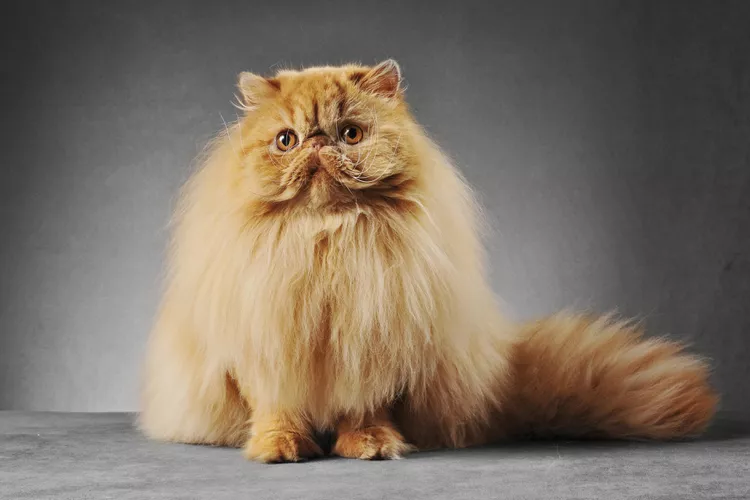
12 Fluffy Cat Breeds Perfect for Endless Cuddles
If you like long-haired cats and don't mind daily (or almost daily) brushing, you’ll love these fluffy cat breeds.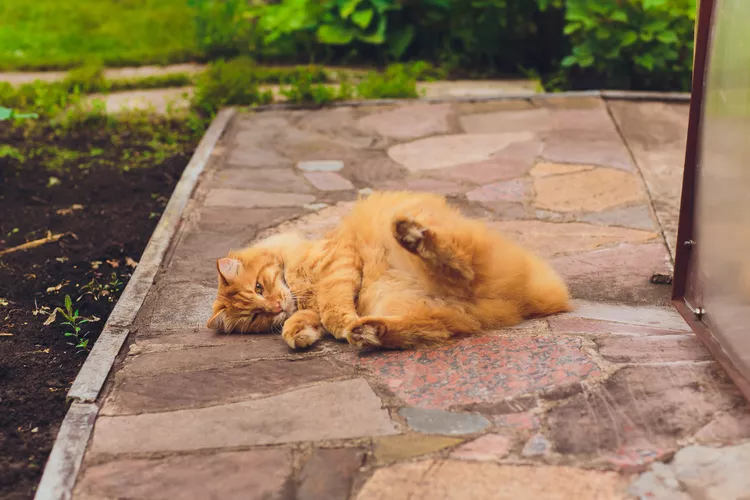
10 Unique Bobtail Cat Breeds
Bobtail cat breeds, including the Manx and Cymric, result from natural genetic mutations. Learn whether one of these cats is right for you.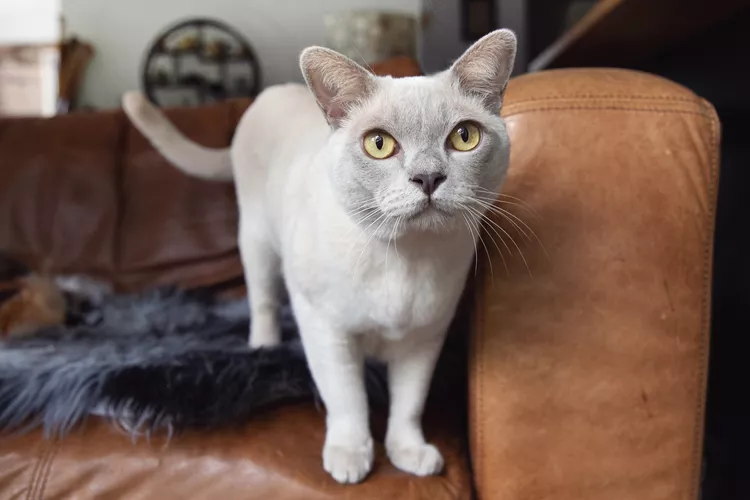
Burmese: Cat Breed Profile, Characteristics & Care
Known for their loving personality and muscular body, the Burmese loves to cuddle after a bout of kittenish playing. Learn about the Burmese breed.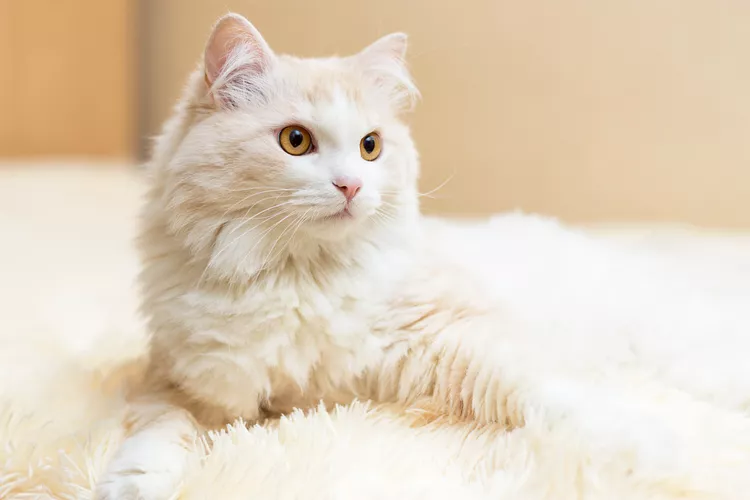
Turkish Angora: Cat Breed Profile, Characteristics & Care
The elegant and silky Turkish Angora cat is a playful, affectionate, and sometimes mischievous pet. Learn about the Turkish Angora breed.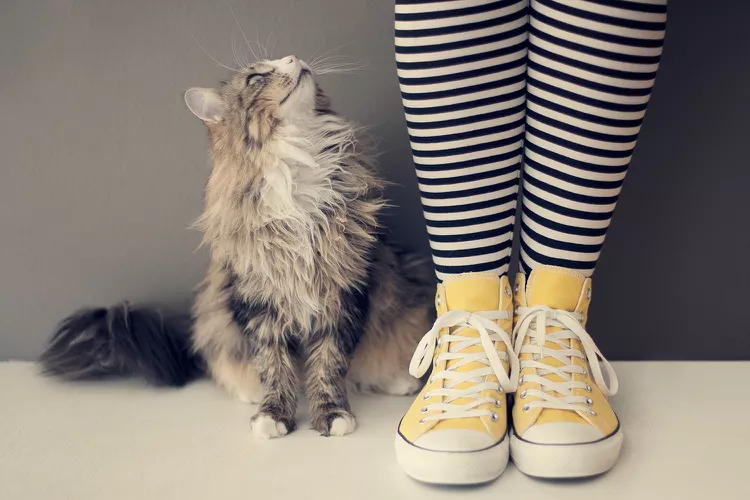
Why Does My Cat Follow Me Around Everywhere?
Cats can follow their owners around for a few different reasons. Find out what your cat is trying to tell you if they follow you around.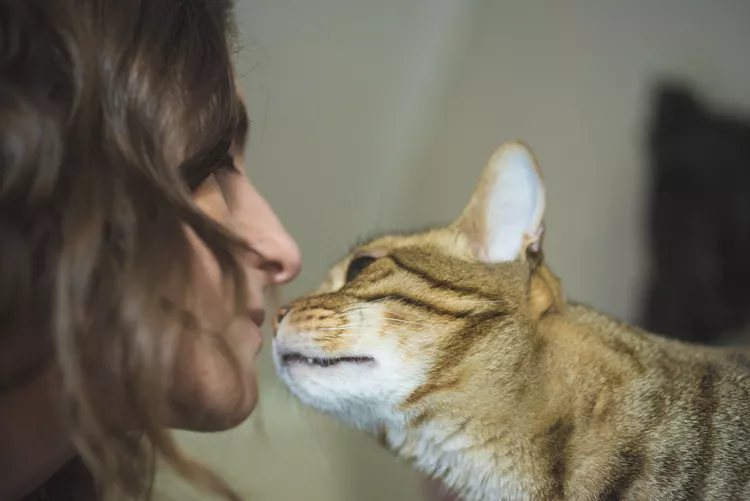
Why Does My Cat Bite My Chin?
If your cat is biting your chin, this might be a sign of affection, but it can also be caused by boredom or stress. Learn how to curb the behavior.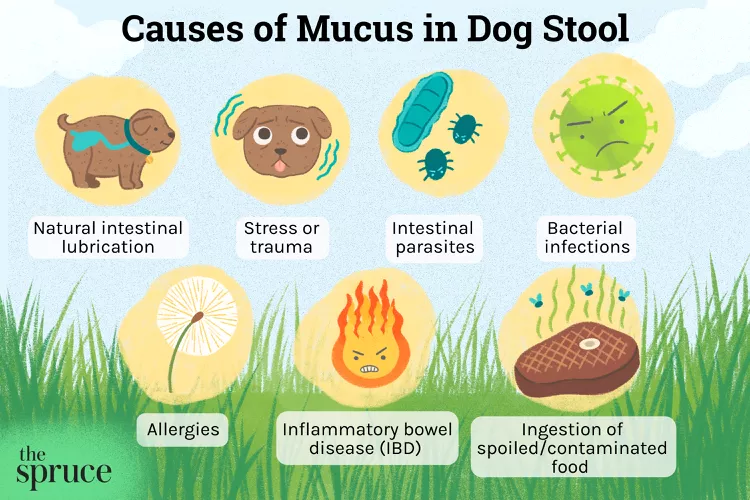
Common Causes of Mucus in Dog Poop
Seeing mucus in your dog's poop can be concerning to a dog owner. Here are common causes and treatment of mucus in a dog's stool.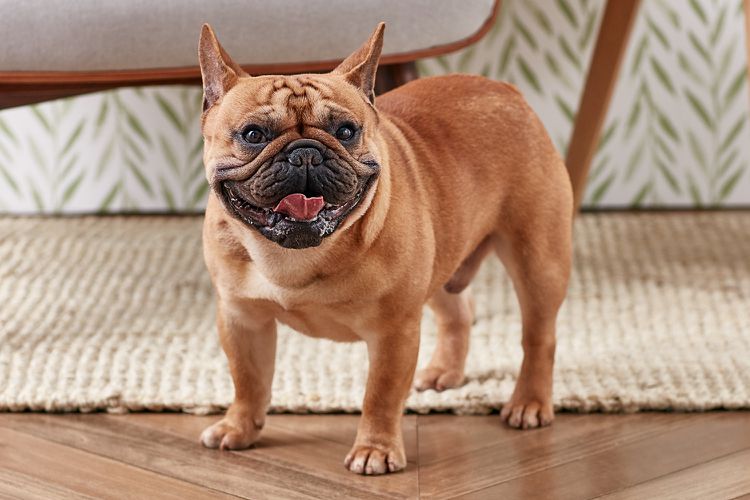
Why Do Dogs Pant?
Dogs pant for a number of reasons, including cooling, excitement, and play. But sometimes panting is a sign of a physical problem. Learn why dogs pant and what to do about it. Here’s how to tell if your dog’s panting is normal or a sign of a problem.
Intervertebral Disc Disease (IVDD) in Dogs
Intervertebral disc disease (IVDD), or a herniated disc, is a serious condition of the spinal cord. Learn the causes, treatment, and prevention.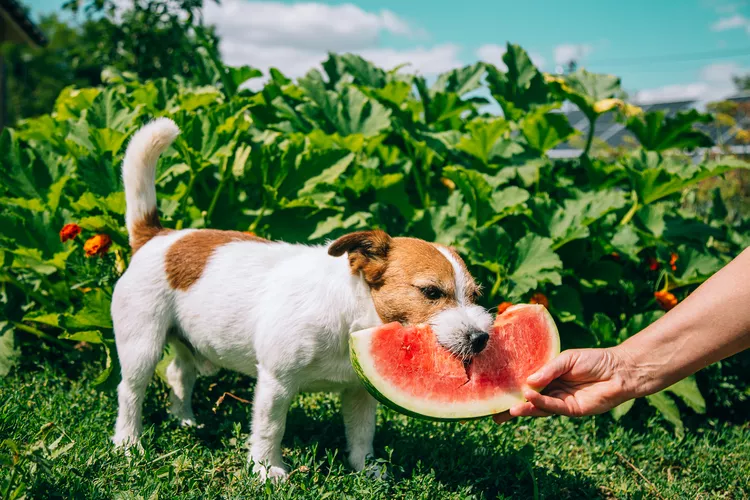
Can Dogs Eat Watermelon?
Can dogs eat watermelon? Yes! But its important to keep certain precautions in mind. Learn the benefits, risks, and how to safely feed your dog this fruit.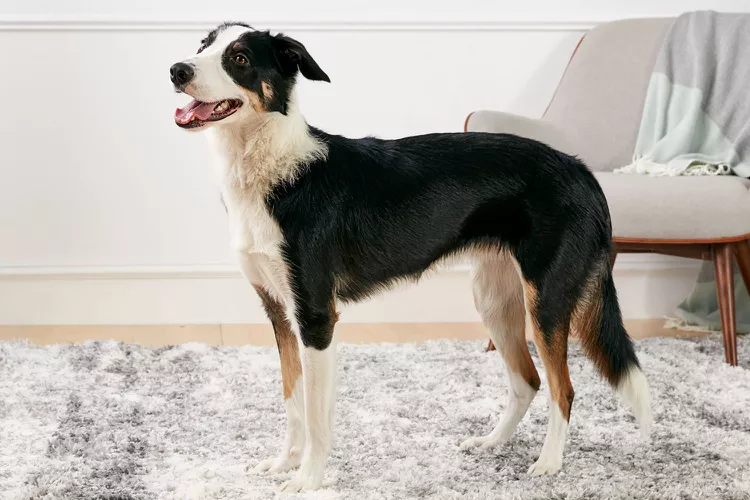
Border Collie: Dog Breed Characteristics & Care
Learn about the border collie, a popular herding breed. They're a smart and energetic dog that's also a great companion to the right pet parent.
Beagle: Dog Breed Characteristics & Care
Learn about the beagle, one of the most popular dog breeds in the world. They are known for being a cheerful, comical, loud, and energetic family dog.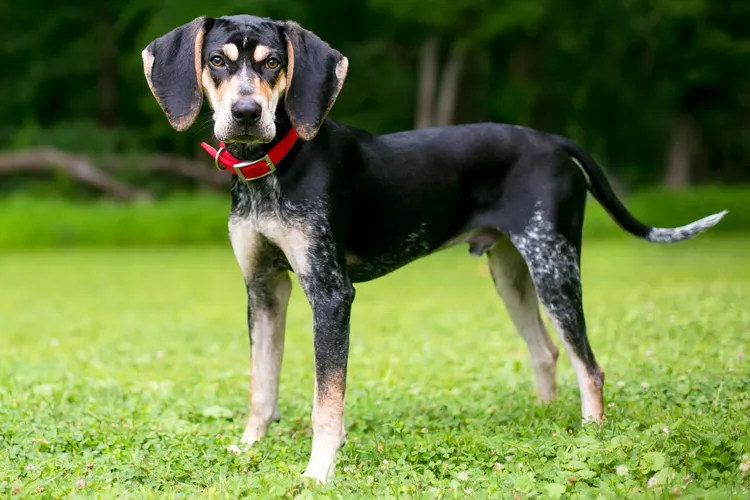
Bluetick Coonhound: Dog Breed Characteristics & Care
Bluetick Coonhounds are a medium-size hound that are gentle and affectionate. They are commonly used as a raccoon hunting dog.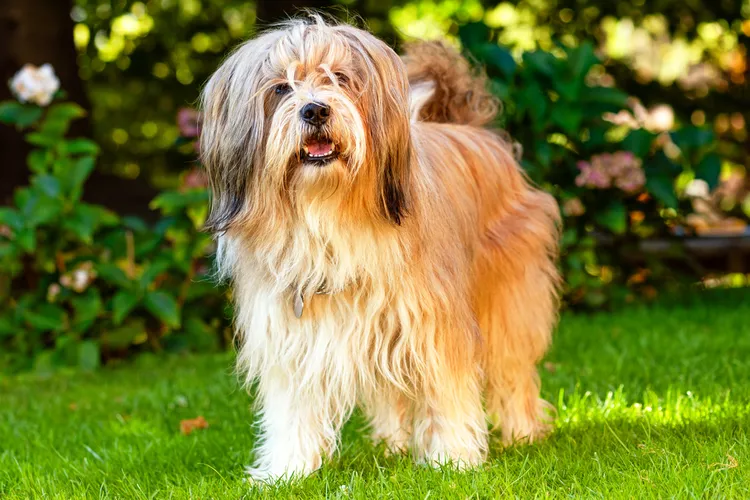
Tibetan Terrier: Dog Breed Characteristics & Care
The Tibetan terrier is a happy-go-lucky dog with a shaggy coat. Learn more about the history, care tips, and other helpful information about the breed.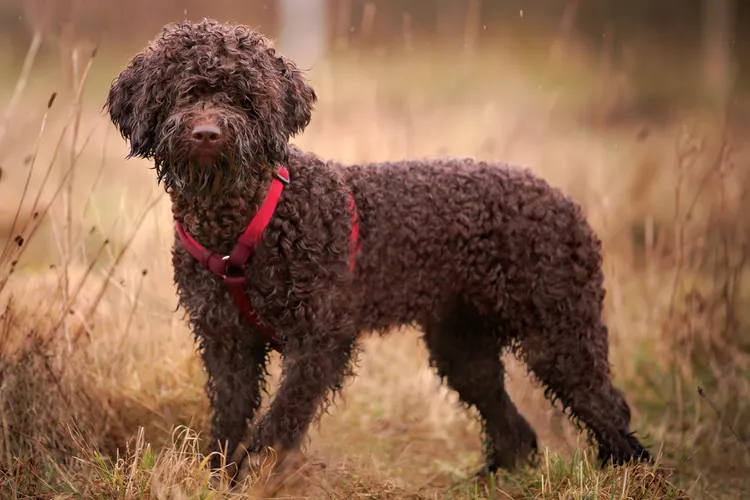
Lagotto Romagnolo: Dog Breed Characteristics & Care
The Lagotto Romagnolo is an intelligent working breed from Northern Italy and can be an adaptable and laid back companion breed.